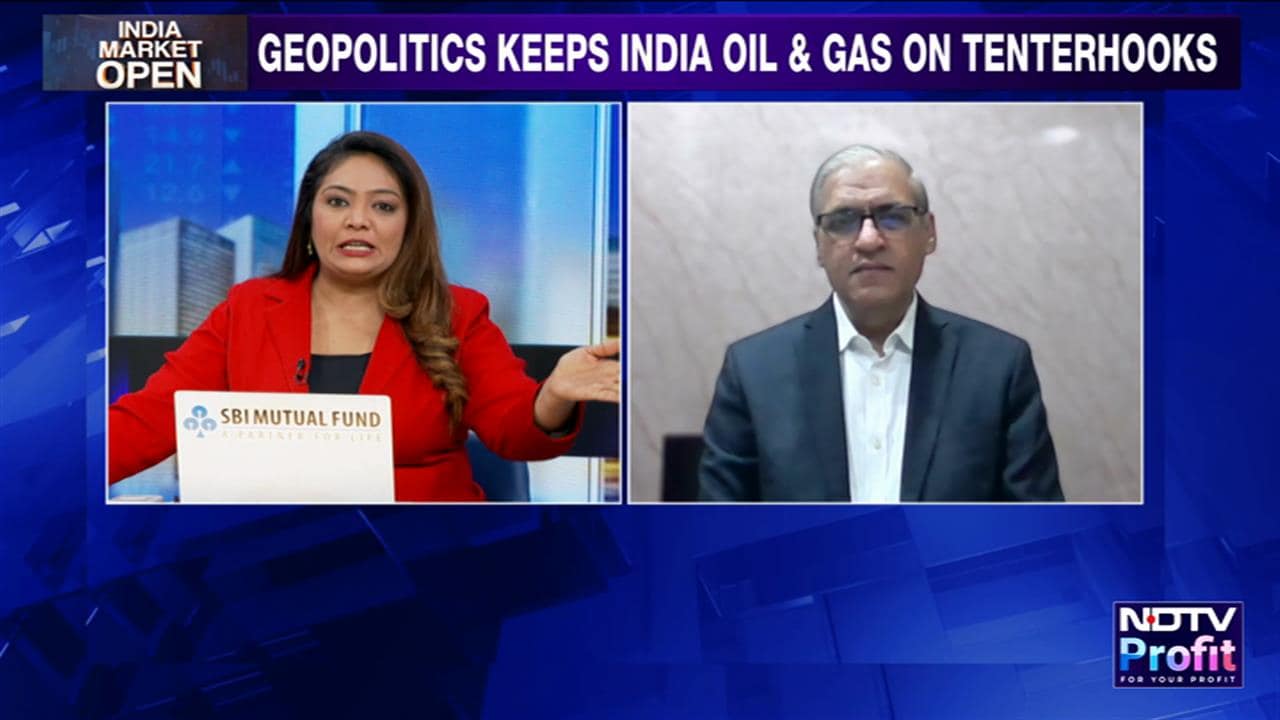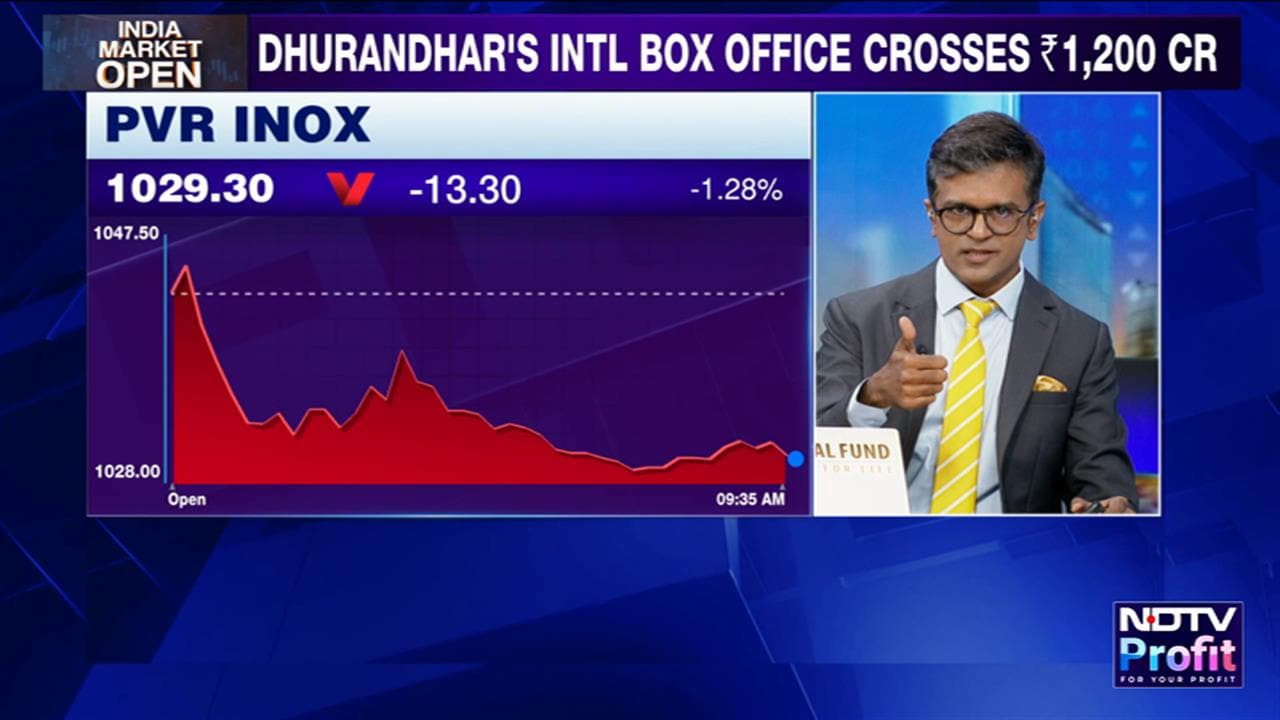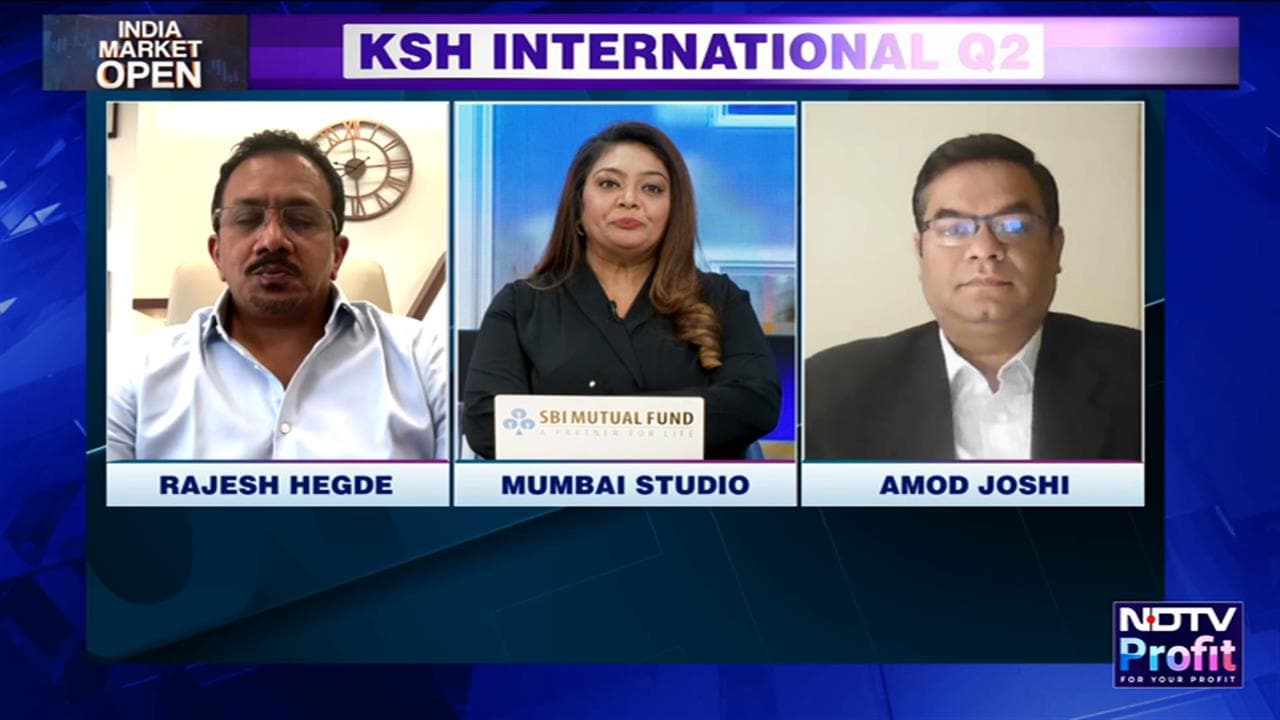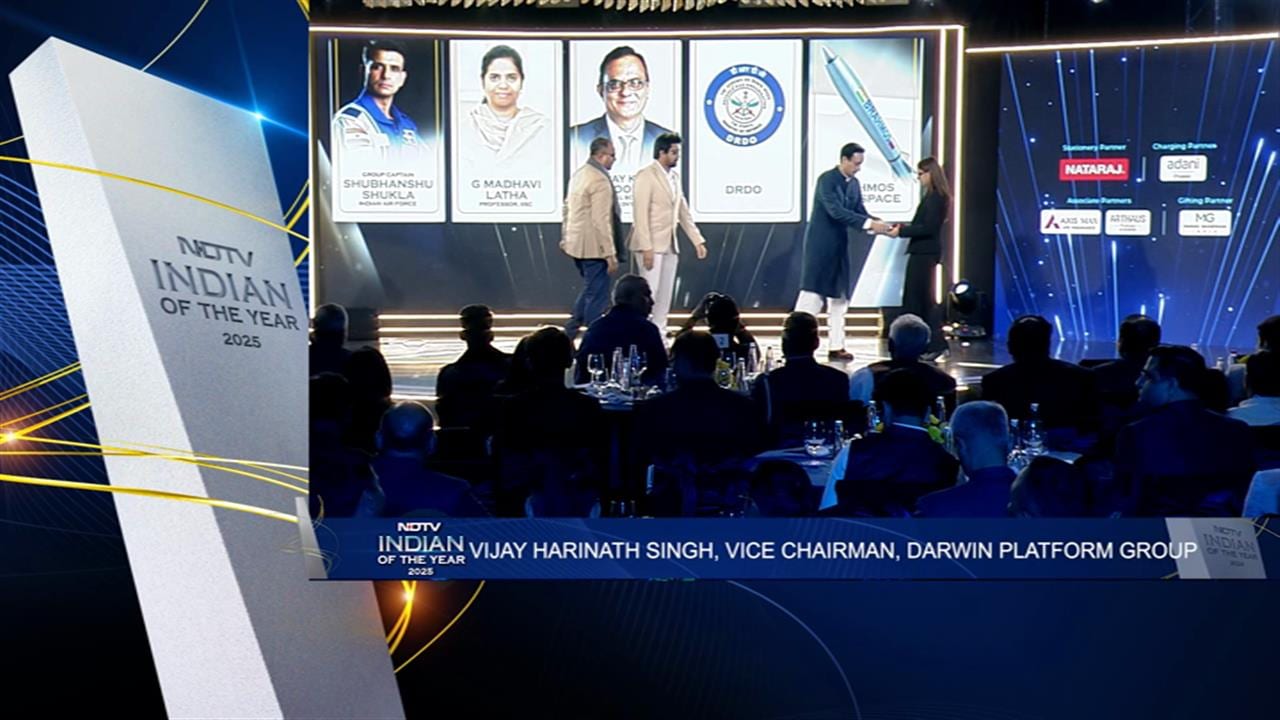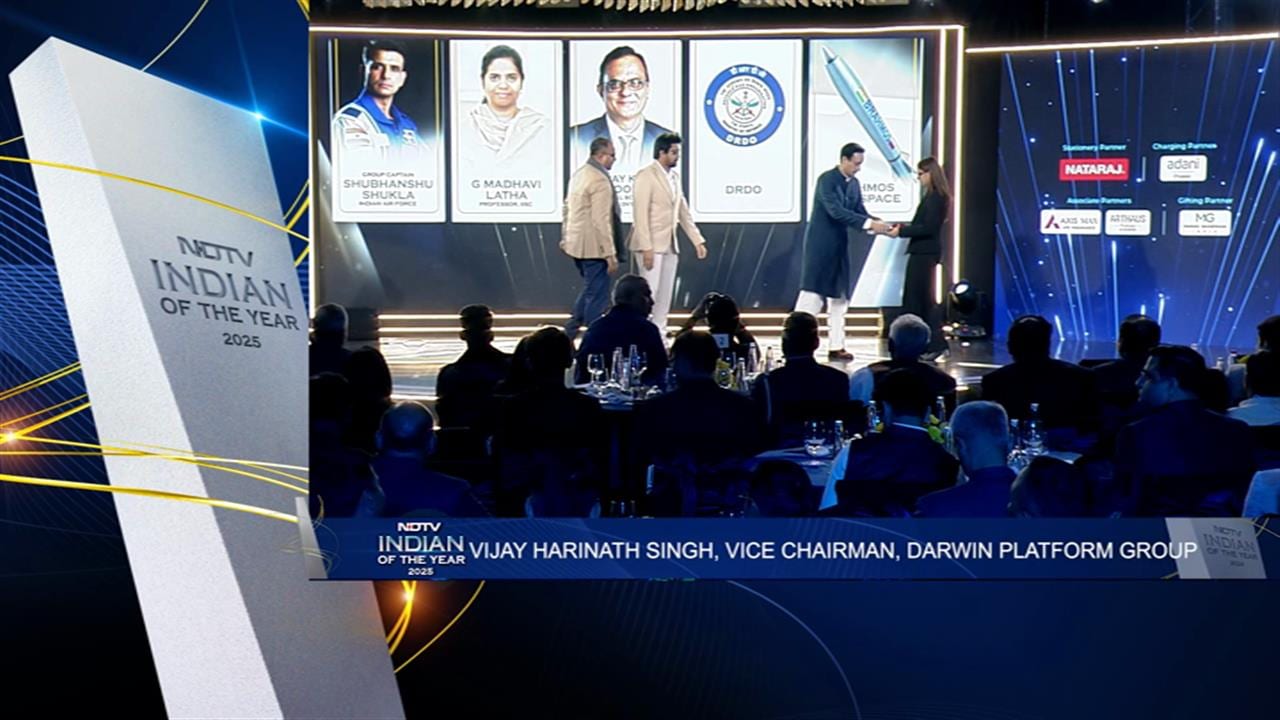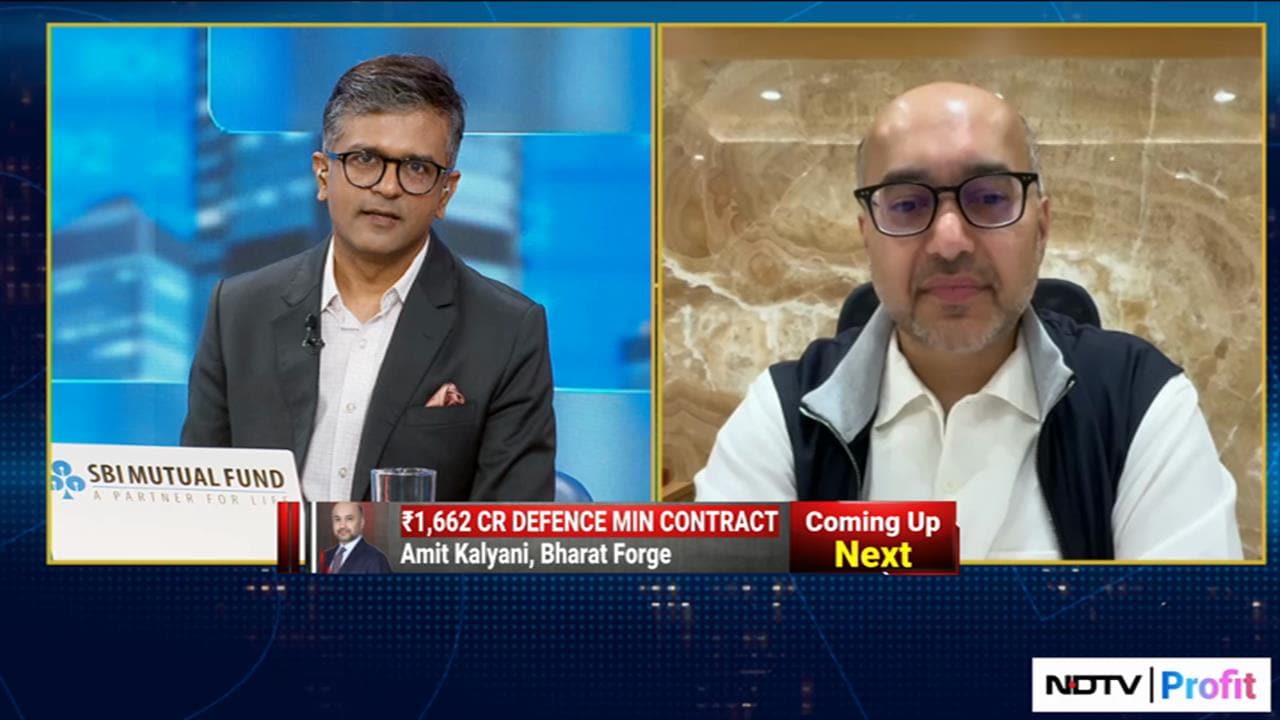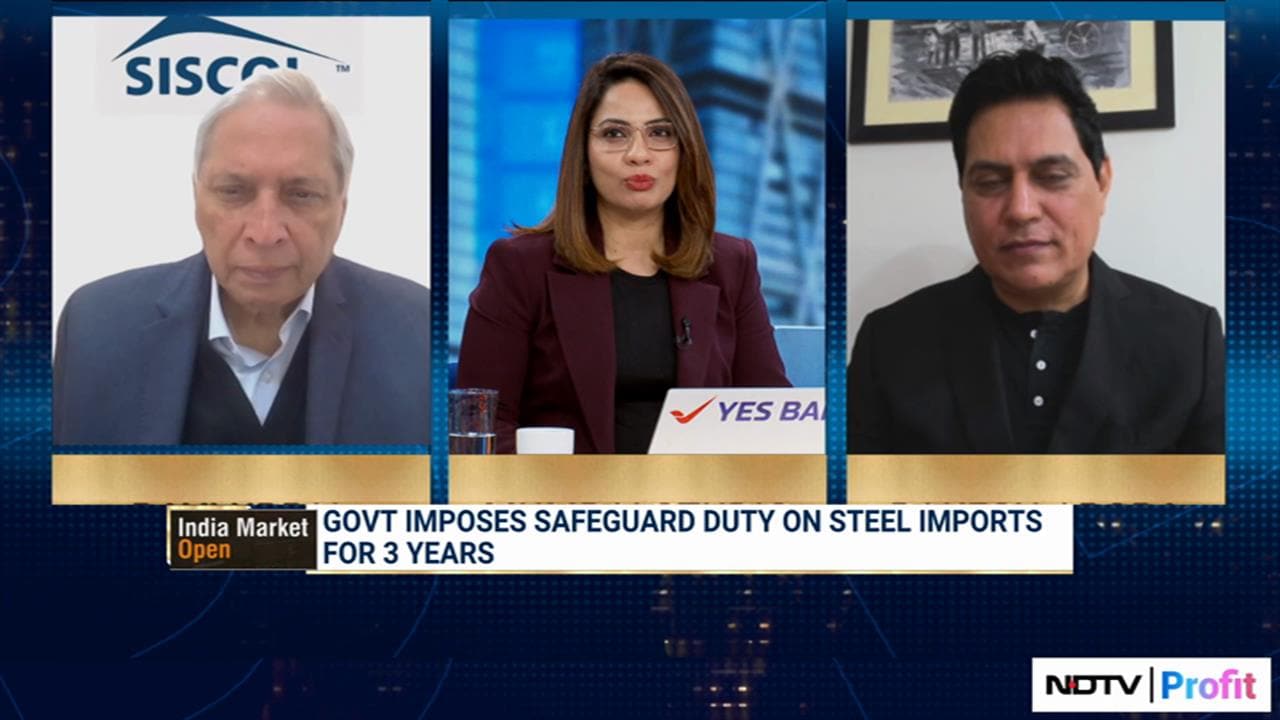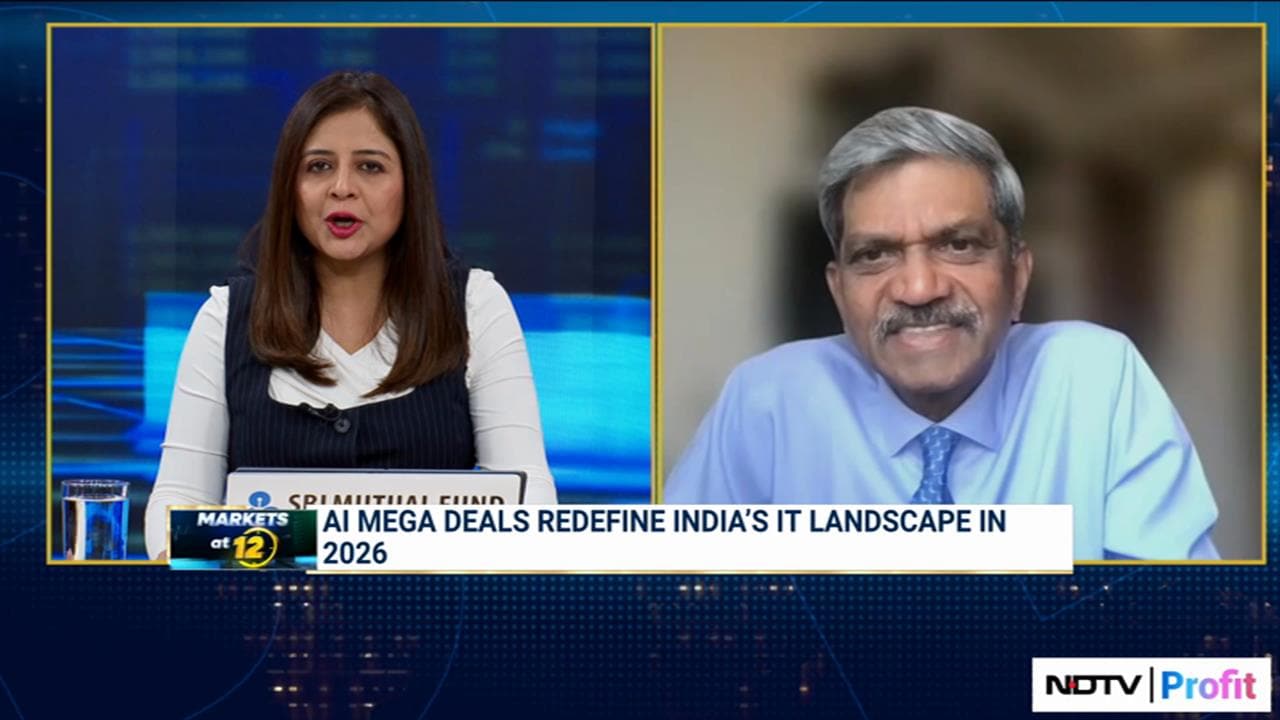
An investor should have a 10-year holding horizon for small and mid-cap funds and be mindful of the volatile nature of such investments in line with risk appetite, according to experts.
This comes at a time when the Nifty has rallied past the 20,000 mark, with buoyant inflows into small and mid caps.
"There's been a lot of trend chasing on investing in small and mid caps," said Mrin Agarwal, founder of Finsafe India, while expressing concern over investments trying to capitalise on short-term market moves over a long-term allocation.
"We do advise to have at least 10 years of holding horizon. The reinvestment risk is going to be quite high. These mid caps and small caps can be extremely volatile. So, are you ready to face this risk or not is another aspect that you need to consider," she said.
Markets Not In A Bubble
Though markets are expensive, it is not a bubble, according to Rushabh Desai, founder of Rupee with Rushabh Investment Services. Valuations have inched above their 10-year average and large caps have a lot of catching up to do as compared with mid and small caps, he said.
"Definitely, this is a time to be cautious in the mid and small-cap space. No lump sum, but definitely those SIPs should continue, there should be no stoppage in the SIPs," he said.
A flexi-cap strategy can be opted over a multi-cap allocation, according to him. "I think depending on one's risks, probably anywhere between 25% to 50% should be in large-cap and the rest can be divided into mid and small caps."
Can Thematic Funds Be A Choice?
Every sector has its own merit and will have its own cycle of outperformance and underperformance, Desai said. He prefers global technology and innovation funds through which investors can invest in Nasdaq 100 to have global diversification.
Agarwal also doesn't recommend thematic funds since "generally, most of the thematic funds get launched after there's been a significant run-up in the stocks in that particular theme".
"Most of these funds come out once the stocks have already risen. So, then is there really enough value left in that particular theme?... You are just better off being in a diversified fund which will anyway identify the right themes for you," she said.
Watch the full video here:
Edited Excerpts From The Interview:
Mrin, how do you look at existing investments or coming up investments into mid-cap and small-cap funds considering that not just that the Nifty is at 20,000, it can be at 30,000 in some years down the line?
Mrin Agarwal: I think as always, when we see markets rallying, we also see a lot of trend chasing happening and I think that's exactly what's played out this time where there's been a lot of trend chasing on investing in small-caps and mid-caps and when I am happy to see that but the only thing that worries me is that is this money really in for the long-term, or is it just trying to capitalise on some short-term market moves.
So, I think for all of those investors, who have invested already in this space, whether it's a few years back or whether it is recently, of course my advice would always be that they have the right time frame of investment and typically for mid-caps and small caps.
We do advise you to have at least 10 years of holding horizon. So, if you have just entered in the last couple of months, we still have a long way to go and don't look at this as a quick money-making mechanism because honestly, I think the reinvestment risk is going to be quite high. I mean, I don't think that it's going to be easy to say that, okay, I will quickly exit and then I will just go and put my money somewhere else.
So, I think that's what investors need to be really cautious about and also new investors who are looking at this space, because they are seeing the recent performance, need to keep the same aspect in mind that have the 10-year holding horizon and remember that these mid-caps and small-caps can be extremely volatile. So, are you ready to face this risk or not is another aspect that you need to consider.
Rushabh, when it comes to investing in mid-cap and small-cap funds and is it prudent to take some risks off the table or not necessarily?
Rushabh Desai: See, currently to put it very simply, we are not in a bubble, at least at this point of time. Definitely yes, markets are expensive. But let's try and understand that this rally we have seen in the past six seven months.
This has come after a long-time correction; we are at a time correction of around 18 to 20 months. After that we saw this kind of rally. Definitely valuations are very expensive at this point in time. Mid-caps have rallied way ahead than even small-caps as well. So mid-caps are more expensive than small-caps and then large caps.
So, in my view, this is a time to be cautious for sure. I am not recommending any of my clients to invest lump sum amount of money in the mid and small-cap space, but currently who have their SIPs on, they should not stop their SIPs who have a longer time horizon. As Mrin correctly said, seven to 10 years is the ideal timeframe for the mid and small-cap space.
But when you are investing in SIP kind of methodology you are investing at the top as well as the bottom and you are averaging over the longer period of time. So definitely this is a time to be cautious in the mid and small-cap space, no lump sum, but definitely those SIPs should continue, there should be no stoppage in the SIPs.
Rushabh, what funds can one look at?
Rushabh Desai: The margin of safety is very important, especially when you are investing in the equity markets. I mean, when a client or when an investor invests in the equity market, they are always going to expect higher kinds of returns.
So, it's very important, although again I tell this on most platforms, that you cannot predict the market, but we can definitely time the markets. When the markets fall say like 10%, 20% or so with the fall in the valuation that's the right time to venture into the market. So, in my view, currently in all three segments the valuations have inched above their 10-year average, so they are definitely expensive but, in my view the large-caps have a lot of catching up to do compared to the mid and small-caps, the mid and small-caps have rallied quite a lot.
So, in my view, rather than going into a multi-cap because in a multi-cap you are investing again 50%. You are supposed to invest 25% each in large, mid and small. So, you are investing 50% in mid and small-caps minimum. So, in my view, I would bet on a flexi-cap strategy because in the flexi-cap strategy, on average we have seen fund managers and AMCs maintaining anywhere between 50 to 80% large-caps at this point of time.
So, in my view if someone wants to venture, I will say a flexi-cap strategy or focus funds or flexi-cap funds would be a better bet than a multi cap.
Any names out there of any particular schemes that people can look at, these may not necessarily be recommendations?
Rushabh Desai: So, Parag Parikh Flexi Cap fund is something that we really like. The second flexi cap fund is Canara Robeco Flexi Cap fund, so these are the two funds that investors can look at this point of time.
How are you thinking about funds at the broader end of the spectrum, which ones stand out and why?
Mrin Agarwal: So, I agree with what Rushabh has said and I think we are also going to see some bit of sector rotation as well and I think an all-season portfolio always has good allocation to large, small, and mid-cap.
So, we have already done the small and mid-cap then of course you could take large-cap allocation through the simple Nifty 50 index fund, or you could do it through an actively managed flexi-cap fund, as Rushabh said. So, I would say that look at these two categories then.
Any particular funds or schemes that people should watch out for?
Mrin Agarwal: Well, I like the ICICI Nifty 50 Index fund and again on the flexi-cap side, I like Parag Parikh Flexi Cap fund, I like Kotak as well. So, I think these are some funds that people can consider.
If you had a chance to look at the thematic funds that have got launched in the last two months, did any of those stand out for you?
Rushabh Desai: To be very honest with you, I really don't recommend any sectorial or thematic funds to my clients. The only theme-based funds what really excites me is the global technology and innovation funds which investors can invest through Nasdaq 100 because you are not only investing abroad, but you are also having a global diversification and also you are investing in US dollar as well.
So, in my view, I think keep it very simple because if we go into the thematic and sectoral category, it's going to be an endless number of funds because thematic is the category where there is no restriction for a particular AMC. They can launch any number of different kinds of themes in that particular category. I mean, I just pulled out some data of the average flexi-cap category of sectors, what they are having.
So at this point of time, financial technology, auto, capital goods and healthcare, the flexi-cap funds do have a very healthy mix of different sectors, and even we are betting on India today and we are seeing the amount of growth what we are seeing today and what is expected in the next decade or so.
I think every sector has its own merit and will have its own cycle of outperformance and underperformance. So, I think, in my humble opinion, a flexi-cap strategy would be the best and you let the fund manager take the call of which sector he or she should buy, when to buy and when to sell.
Is there a thematic category that you believe might be good to research, people can then do their own research and figure out whether they want to invest or not?
Rushabh Desai: I think global technology and innovation is something that really excites me and apart from that, I think flexi-cap strategies would do best. But because we are in a digital age and going forward itself, it's just the amount of technology is going to increase in terms of AI and ChatGPT and what you know.
So, I think global technology and innovation and there are many developed countries out there, developed countries which are very far ahead in terms of global tech and innovation compared to India. See, India is a very good manufacturing country at this point of time.
But we are still lagging behind in terms of global innovation and even during the Covid, the vaccination innovation was majorly done by the developed world and then we were the largest manufacturer and so on. So, I think global technology and innovation is something what really excites me, and this is going to do really well in the future, in my opinion.
Mrin, did you get a chance to look at any of these?
Mrin Agarwal: I looked at all of these funds. Again, I don't recommend thematic funds and I think, generally, most of the thematic funds get launched after there's been a significant run-up in the stocks in that particular theme.
In any case, I do not recommend thematic funds because there are many factors that need to play out for the theme to play out and I think the best example would be of the healthcare theme, which came in 2020, but did not really play out in ‘21 and ‘22. So again, what happens is that at the macro level, the theme needs to play out, the companies within the theme need to also perform and not all companies in these themes that we are looking at, like, for example, when you are looking at the innovation theme, not all of these companies are going to be established companies and, again, the theme might look very great, but the returns may not really follow.
As I said before, most of these funds come out once the stocks have already risen. So then is there really, enough value left in that particular theme or not and again, I completely agree with Rushabh that I think we should just leave it to the experts to really figure it out and research and figure out what's going to work and what's not going to work.
The other thing is that when you look at the sectors in all of these themes. So, you have got auto, textiles and of course a whole lot of manufacturing sectors, which are common in some of the themes. So, these in any case, would be there in the existing diversified funds and even when you look at Quant as a strategy, for example, so, you are looking at a strategy where they are saying that they are going to not look at companies which have low governance or high leverage and so on and so forth and these would in any case, I think the parameters that fund managers will be following for their diversified funds.
So, I don't really find anything new and again, as I said, these are too concentrated. You are just better off being in a diversified fund which will anyway identify the right themes for you.
What would be the proportions in the mutual fund portfolio between large-cap or strictly large-cap funds, or a proportion of large-cap to mid-cap or small-cap depending on whether you are choosing a flexi-cap fund, multi-cap fund or a mixture of all of these, what will the proportion be?
Mrin Agarwal: So, I would actually just have like what I typically say, the easiest way for anybody to make a portfolio is to have an index fund, have a flexi-cap actively managed flexi-cap fund, which has international exposure and have a small-cap and mid cap.
I think just these four funds in the portfolio and of course you change the weights based upon the risk that you are willing to take. But yes, if you are in it for at least 10 to 15 years if you can hold it for 10 to 15 years, I would tilt more towards small and mid cap.
Rushabh, I have the same question for you.
Rushabh Desai: I agree with Mrin that if you have a 10-to-15-year time horizon, I think the maximum wealth is going to be created from the mid and small-cap space. So, I think depending on one's risks, probably anywhere between say 25 to 50% should be in large-cap and the rest can be divided into mid and small caps.
So, they can choose either they can go for flexi-cap focus funds, or they can have a combination of a few flexi-cap focused funds and mid-cap and small-cap funds but again, try to keep a little concentrated portfolio not an over diversified portfolio. So, in my view probably say around four to six funds should do great.
Watch LIVE TV, Get Stock Market Updates, Top Business, IPO and Latest News on NDTV Profit.









